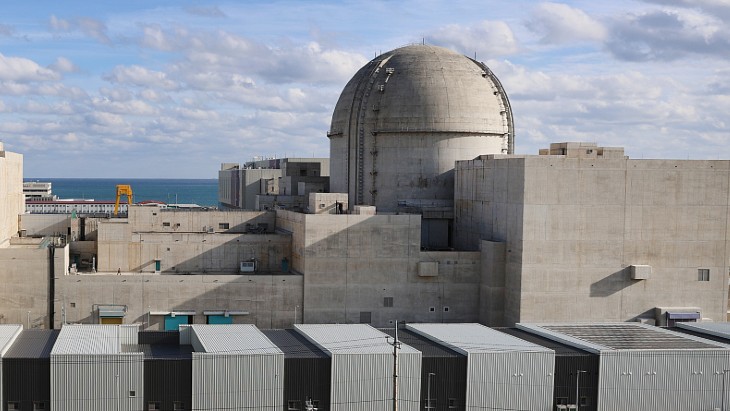The state of Colorado has conditionally approved a radioactive materials licence application for a conventional uranium mill to be constructed at Pinon Ridge. The licence is the last significant hurdle to be cleared before construction can begin.
 |
| The Pinon Ridge site (Image: Energy Fuels) |
The announcement by the Colorado Department of Public Health and Environment (CDPHE) is the culmination of nearly 14 months of reviews of Energy Fuels Resources' licence application, including the consideration of hundreds of stakeholder comments submitted through the review process and eight public meetings. Under an agreement with the US Nuclear Regulatory Commission (NRC), the CDPHE has the sole authority to regulate uranium milling in the state of Colorado, while its Radiation Program is responsible for licensing possession of radioactive materials.
The CDPHE has approved the licence on condition that Energy Fuels must obtain all applicable health, safety and environmental permits and authorizations from local, state and federal bodies before construction starts. It must also obtain CDPHE's approval of the final design and construction plans for the plant, and must meet a list of pre- and post-start up requirements including relevant worker training in radiation and protection procedures, environmental monitoring, site security and spill responses. The company must conduct at least two emergency response exercises before the facility can receive any radioactive material.
Energy Fuels must also comply with financial assurance requirements including a warranty of over $11 million for decommissioning and a long-term care fund of over $800,000 to be deposited in the Colorado state treasury.
"Energy Fuels has demonstrated it can build and operate the mill in a manner that is protective of both human health and the environment," Steve Tarlton, CDHPE Radiation Program manager noted. He added that the department's "comprehensive" review had considered short- and long-term impacts of the proposed mill, including radiological and non-radiological impacts to water, air and wildlife, as well as economic, social and transportation-related impacts.
Energy Fuels president and CEO Steve Antony described the decision as a "major accomplishment" and said that the company would now be shifting its focus to project financing, product sales and long-term strategic relationships with potential uranium buyers.
Current plans envisage construction beginning later this year, with production commencing in 2012. It will process uranium and vanadium ore trucked from the nearby Energy Queen and Whirlwind uranium mines, both fully permitted but currently under care and maintenance. According to Energy Fuels, the mines are expected to produce 450 tons of ore per day and there is enough feed within economic trucking distance of the mill for 40 years of operation at 500 tons per day. The mill is expected to produce about 850,000 lbs uranium oxide per year as well as 3.7 million pounds of vanadium pentoxide.
Researched and written
by World Nuclear News




_72306.jpg)


_49562.jpg)





